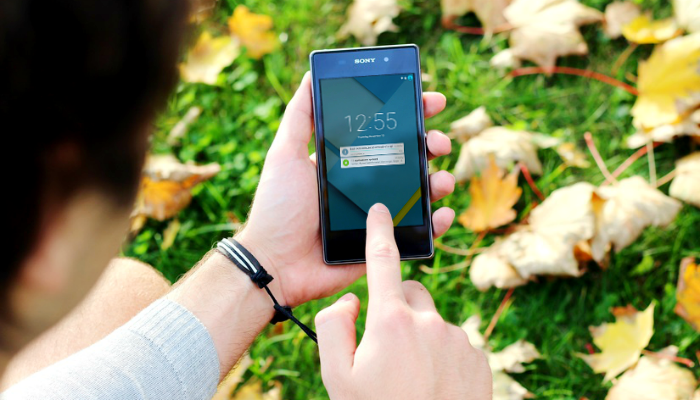
post
December 17, 2015
Text Messages vs Push Notifications: Some Key Considerations
Push notifications are big business. Apple has sent over 7.4 trillion push notifications since the launch of iCloud in 2011, and research has found 84% of millennials respond to retailers’ push notifications. In fact, Facebook has even create an app specifically devoted to notifications, and the New York Times has an 11-person team dedicated to push notifications.
It’s easy to see why people like push notifications. They’re controlled by the user (they can turn them or of), there’s a deep link to the application so you don’t have to go searching through it, and it’s not limited by characters like other messages. In addition, push notifications aren’t highly regulated (for better or worse) and don’t cost anything to receive them.
But while there’s nothing quite like the thrill of receiving a new notification, push notifications aren’t always the best way to engage with customers. In fact, some consumers are turning them off.
When Push Notifications Become Too Much
For all of push notifications’ popularity, these notifications can sometimes get too, well, pushy. Millennials noted they’re turned off by notifications that are too intrusive (34%), too often (25%) or poorly timed (11%). Organizations have also gotten called out for sending users irrelevant updates.
Y’all really think this deserves a push notification? pic.twitter.com/4sSLNJ8xFW
— Nick Morrow (@NRMorrow) November 10, 2015
And push notification opt-in rates aren’t necessarily as good as they look. Android has a 78% opt-in rate compared to iOS’ 46%, but part of this is because Android users are automatically opted-in. Opt-in rates are also dramatically different across verticals, where they’re as high as 78% for travel and transportation, and as low as 35% for medical, health and fitness. If you’re developing an app in one of the lower-performing categories, you’re going to have a tough time engaging customers.
In addition, when it comes to people actually interacting with these notifications, the chance they are is relatively low—just six percent. And interacting with the notification also takes a lot of effort: you have to click, go into the app, then perform the action.
But let’s take a look at the app that’s sending the push notifications. It can cost a fortune to develop a mobile app, and it’s only going to be accessible on smartphones, not feature phones. While a good portion of Americans own smartphones (64%), you’re still missing out on over a third of cell phone users.
Luckily, you have a choice on how to notify customers, and it’s not just limited to push notifications. You can do it all through the most-used app on a smartphone: text messaging. In fact, Pew Research has found that texting even trumps social media use as the most common daily smartphone activity.

Text Messages vs Push Notifications
While texts and push notifications are similar insofar as they’re controlled by the user (with text, it’s an opt-in/opt-out program) and that there’s a deep link to the application (assuming the app has been downloaded already), the similarities end there.
That’s because the purpose of push notifications is to do one thing—notify. It doesn’t require any further action, for better and for worse. It’s a one-way communication channel.
If you want to make sure customers are getting (and interacting with) your message, there’s no better channel than text. Text has a 98% open rate and a 45% response rate, trumping push notifications’ read rate of just six percent. Text transforms one-way reminders into two-way notifications, like an appointment reminder that can be rescheduled via SMS, or a restaurant deal that asks the first 100 users to text back to redeem it. Text can also be used for number verification, two-factor authentication, and a variety of other use cases.
Unlike push notifications, text also doesn’t require an Internet connection to function or an app to be downloaded—in fact, it’s a great way to drive app downloads. And instead of just staying automated, texts can also be routed to a live agent for further interaction if a customer really needs help.
One company using text notifications to great effect is Snooze. They’re an extremely popular breakfast eatery that almost always has a wait time due to the sheer amount of customers that visits them. To get around this, Snooze asks patrons for their telephone number, then sends them a text when their table is ready. This way, users can enjoy the freedom of walking through the shopping center around Snooze without having to tote around a buzzer. The “table ready” notifications are delivered directly to their phone.
Conclusion
Text messaging and push notifications are both great ways to notify consumers, but only text messaging can turn a notification into a conversation. There is certainly a time and place for both, so keep your desired outcome in mind as you activate your notification strategy.
To learn how to provide a great customer experience over text messaging, download our new whitepaper here.
Photo of man texting from Pexels (CC0 License). Screen from DNAIndia (edited).
Stay up to date
Latest Articles




